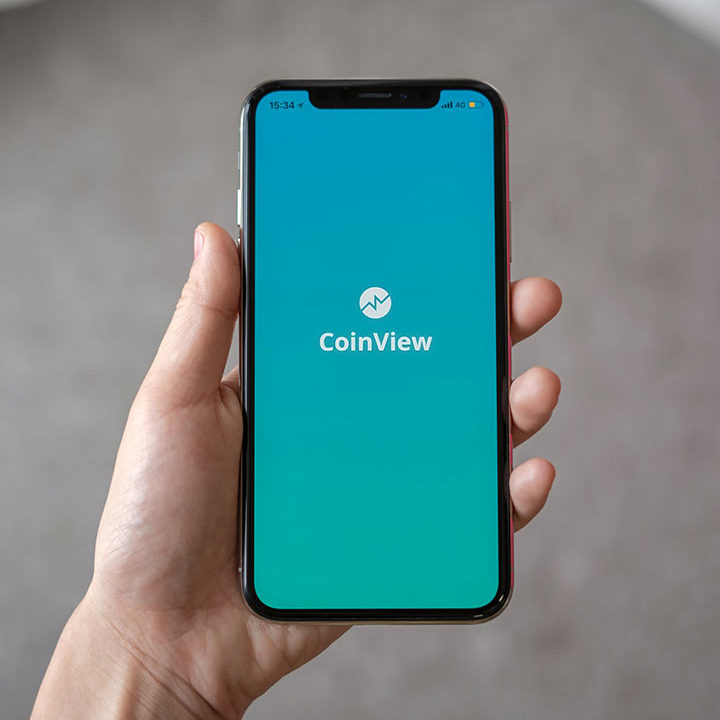8 Email Marketing Tips to Boost Sales for Small Businesses.
Email marketing can be a highly effective tool for small businesses looking to boost their sales. One of the main advantages of email marketing is its cost-effectiveness. Unlike traditional forms of advertising, such as print or TV ads, email marketing allows small businesses to reach a large audience at a relatively low cost. With email marketing, businesses can easily create and send targeted messages to their customers, promoting their products or services. This targeted approach can lead to higher conversion rates and increased sales. Here are 8 tips to help you make the most of your email marketing efforts:
“Many of life’s failures are people who did not realize how close they were to success when they gave up.
– Thomas Edison
1. Build a targeted email list:
When it comes to building an email list, it’s important to focus on quality over quantity. While it may be tempting to collect as many email addresses as possible, it’s much more effective to target individuals who are genuinely interested in your products or services. By doing so, you’ll have a higher chance of converting them into paying customers. One way to collect email addresses from interested individuals is by offering valuable content or resources in exchange for their email address. This can be in the form of a free ebook, a helpful guide, or access to exclusive content. By providing something of value, you’ll attract people who are genuinely interested in what you have to offer.

2. Personalize your emails:
When it comes to email marketing, personalization is key. By using the recipient’s name and tailoring the content to their specific interests and needs, you can create more engaging emails that are more likely to convert. Personalization shows that you have taken the time to understand and cater to the individual, making them feel valued and increasing their trust in your brand.
One way to personalize your emails is by addressing the recipient by name. Using their name in the subject line and throughout the email creates a sense of familiarity and connection. It grabs their attention and makes them more likely to open and engage with your email. Another way to personalize your emails is by segmenting your email list based on the recipient’s interests and needs. By collecting data on your subscribers’ preferences and behaviors, you can create different email campaigns that target specific segments of your audience. This allows you to deliver content that is relevant and valuable to each recipient, increasing the chances of conversion. In addition to using the recipient’s name and segmenting your email list, you can also personalize the content of your emails. This could include recommending products or services based on the recipient’s past purchases or browsing history, providing personalized offers or discounts, or sending targeted content that addresses their specific pain points or interests. Personalizing your emails takes time and effort, but the results are worth it. Studies have shown that personalized emails have higher open rates, click-through rates, and conversion rates compared to generic emails. By showing that you understand and care about your recipients, you can build stronger relationships, increase customer loyalty, and ultimately drive more sales.3. Keep your emails concise and focused:
In today’s fast-paced world, people have short attention spans and are often bombarded with emails. To ensure that your emails are read and acted upon, it is crucial to keep them concise and focused. Avoid lengthy paragraphs or unnecessary details that could cause the reader to lose interest. Instead, get straight to the point and highlight the most important information upfront. Use bullet points or numbered lists to break up the text and make it easier to digest.
Additionally, including clear calls to action is essential. Let the recipient know exactly what you want them to do and provide any necessary instructions or deadlines. This helps to avoid confusion or misunderstandings and increases the chances of a prompt response. Remember, brevity is key when it comes to email communication. By keeping your emails concise and focused, you can grab the reader’s attention, convey your message effectively, and increase the likelihood of achieving your desired outcome.4. Use eye-catching visuals:
When it comes to email marketing, visuals are key. Including high-quality images, videos, or infographics in your emails can make them visually appealing and help convey your message effectively. Visuals capture attention and engage readers, making them more likely to read and respond to your emails.
High-quality images can be used to showcase products, highlight special offers, or add visual interest to your emails. Make sure the images are relevant to your message and of professional quality. You can use stock photos, hire a photographer, or take your own photos to create unique visuals that represent your brand. Videos are another powerful tool for email marketing. They can be used to demonstrate products, provide tutorials, or share customer testimonials. Including a video in your email can increase engagement and conversion rates. You can embed the video directly into the email or include a thumbnail image that links to the video on your website or a video hosting platform. Infographics are a great way to present complex information in a visually appealing and easy-to-understand format. They can be used to summarize data, explain processes, or showcase key statistics. Infographics are highly shareable and can help increase brand awareness and reach. When using visuals in your emails, it’s important to optimize them for different devices and email clients. Make sure your images and videos are responsive and load quickly on mobile devices. Test your emails on different devices and email clients to ensure they display correctly. Incorporating eye-catching visuals into your emails can greatly enhance your email marketing efforts. They help grab attention, convey your message effectively, and increase engagement and conversion rates. So don’t underestimate the power of visual content in your email campaigns.5. Test and analyze your campaigns:
Testing and analyzing your campaigns is a crucial step in optimizing your email marketing strategy. By experimenting with different email designs, subject lines, and calls to action, you can determine what resonates best with your audience and drives the desired actions. To start, create variations of your emails with different designs, subject lines, and calls to action. For example, you can test a plain text email versus a visually appealing HTML email, or try different subject lines that evoke curiosity or urgency. Additionally, vary your calls to action to see if a specific wording or placement generates better click-through rates. Once you have sent out your test emails to a portion of your audience, it’s time to analyze the results. Look at metrics such as open rates, click-through rates, conversions, and overall engagement. Compare the performance of each variation to identify patterns or trends. Use email marketing software or analytics tools to gather and analyze this data effectively. Based on your analysis, make data-driven decisions for future campaigns. Identify the elements that worked best for your audience and incorporate them into your future emails. For example, if you find that a specific email design led to higher click-through rates, consider using similar designs in your future campaigns. Similarly, if certain subject lines resulted in higher open rates, incorporate similar language or tactics into your future email subject lines. Remember to continue testing and analyzing your campaigns regularly. Consumer preferences and behaviors can change over time, so what works today may not work tomorrow. By continuously testing and analyzing your campaigns, you can stay ahead of the curve and ensure that your email marketing efforts remain effective and impactful.6. Offer exclusive promotions or discounts:
One effective strategy to boost sales and customer engagement is to offer exclusive promotions or discounts through email marketing campaigns. By providing incentives for subscribers to make a purchase, you can create a sense of urgency and exclusivity that encourages them to take advantage of the offer. Exclusive promotions or discounts can take various forms, such as limited-time offers, flash sales, or unique discount codes. The key is to make subscribers feel like they are receiving special treatment and getting access to deals that are not available to the general public. This can help foster a sense of loyalty and encourage repeat purchases.7. Segment your email list:
Segmenting your email list can have numerous benefits for your email marketing strategy. By dividing your subscribers into different groups based on demographics, purchase history, or engagement levels, you can send more personalized and targeted emails.
One benefit of segmenting your email list is increased engagement. When you tailor your emails to specific segments of your audience, you can deliver content that is more relevant and interesting to them. This increases the likelihood that they will open your emails, click on links, and take action. By sending personalized emails, you can also improve your open rates, click-through rates, and conversion rates. Segmentation can also help you build stronger relationships with your subscribers. By understanding their preferences and interests, you can create content that resonates with them on a deeper level. This can help you establish trust and credibility, leading to increased loyalty and customer retention. When subscribers feel like you understand their needs and interests, they are more likely to engage with your emails and become repeat customers. Another benefit of segmenting your email list is improved deliverability. When you send targeted emails to specific segments, you can avoid sending irrelevant content to subscribers who may not be interested. This can help improve your sender reputation and reduce the likelihood of your emails being marked as spam. By maintaining a high deliverability rate, you can ensure that your emails reach the intended recipients and have a better chance of being read and acted upon. Segmentation also allows you to gather valuable data and insights about your subscribers. By tracking their behavior, preferences, and engagement levels, you can gain a deeper understanding of what drives their actions and interests. This data can inform your future email campaigns and help you refine your marketing strategy. By analyzing the data from different segments, you can identify trends, preferences, and opportunities for growth. In conclusion, segmenting your email list can be a powerful tool for improving the effectiveness of your email marketing campaigns. By dividing your subscribers into different groups based on demographics, purchase history, or engagement levels, you can send more personalized and targeted emails. This can lead to increased engagement, stronger relationships, improved deliverability, and valuable data insights.









